The regular Samsung Galaxy S20 may not grab the same headlines as its Galaxy S20 Ultra and Galaxy S20 Plus relatives, but it’s still equipped with much of the same advanced mobile technology. Priced at a slightly more reasonable $999 than the $1,399 S20 Ultra, the Galaxy S20 is likely to be most consumers’ entry point to this year’s flagship series.
This makes the Galaxy S20 an even more important handset for Samsung than in previous years. It has to prove that the cheapest S20 isn’t an afterthought and can still provide a flagship experience — especially when even more affordable mid-tier 5G smartphones are chomping at Samsung’s heels.
Also read: Galaxy S20 vs Huawei P40: Can you forget about Google?
What’s in the box?

The Samsung Galaxy S20 comes with the predictable assortment of accessories. The handset ships with a 25W charging plug, a USB-C to USB-C cable, a SIM ejector tool, and a pair of AKG USB-C earbuds.
- The best Galaxy S20 cases
- The best Samsung Galaxy S20 thin cases
- The best official Samsung Galaxy S20 cases
Sadly, there’s isn’t a screen protector or case included. That’s definitely something you’ll want to source yourself if you’re accident prone, given the phone’s glass back.
Shaking up a classic design
- 151.7 x 69.1 x 7.9mm
- 163g
- IP68 water and dust protection
I’ve been quite critical of recent Samsung’s design direction. The iconic waterfall display is now flattened and the camera housing has morphed into a rectangular blob. The S20’s looks aren’t going to please everyone, but I can’t say all my complaints apply to the more compact form factor of the standard Samsung Galaxy S20.
As far as the essentials go, the smaller Galaxy S20 is ideal. Featuring a classic combination of glass and metal trim, it’s light but sturdy, and actually grips much better without the curved waterfall display. The slippery nature of the glass back isn’t a problem when it’s easy to wrap your hand around the whole device. Single-handed use is effortless. The volume rocker and power buttons are located exactly where you want them to be.

Aesthetically, the Samsung Galaxy S20 is a decent looker. The rectangular camera module houses only three lenses, so it’s slimmer than the S20 Plus and Ultra models. Shaving off a few millimeters may be a small change, but it makes the handset look more slick than its bulky siblings.
I’m not entirely sold on Samsung’s choice of colors for this generation, although the Cloud Blue version I have is a vast improvement on the dull Cosmic Gray. The coating reflects a shimmery rainbow of colors in the right light, which helps brighten up the handset a bit.

The Galaxy S20 provides the perks of a big screen while still being sleek and lightweight.
The Galaxy S20 boasts an Infinity-O display panel. A single punch hole reveals the selfie camera. The big black dot doesn’t exactly gel with the whites and grays of Samsung’s UI, but you’ll eventually stop noticing it. Overall, I think I prefer it to a notch. Just about.
The camera offers rudimentary face unlock security; you won’t find any fancy infrared face scanning tech here. For the best security, you’ll probably want to use the ultrasonic fingerprint scanner embedded in the screen. From a user’s point of view, it works just like a regular fingerprint scanner, you just need to press on the right spot on the screen. However, it’s powered by ultrasonic sound waves that bounce of your fingerprints, rather than a capacitive touch sensor.

Samsung’s entire S20 range abandoned the 3.5mm headphone jack, including this smaller model. However, with consumers increasingly embracing Bluetooth audio, and a pair of USB-C AKG buds in the box, this isn’t quite the inconvenience it was a couple of years ago.
On the plus side, Samsung removed the Bixby button from the Galaxy S20 series. Instead, just hold down the power button to activate Bixby Voice. If you’re not a fan of Bixby, you can switch this long-press option to bring up the shutdown menu instead.

Overall, the Samsung Galaxy S20 just feels right, both in usability and aesthetics. The phone’s impressive screen-to-body ratio means I didn’t feel like I lost any screen real estate moving down from a bigger handset. The standard S20 certainly isn’t a compact smartphone, but it’s much more user friendly than the gargantuan 6.9-inch Ultra version.
The best mobile display to date
- 6.2-inch Quad HD+ (3,200 x 1,400), 20:9 aspect ratio
- Samsung Infinity-O Dynamic AMOLED
- Corning Gorilla Glass 6
Every year Samsung produces a top-tier display for its flagships and the Galaxy S20 is no different. The 6.2-inch panel features an optional 120Hz refresh rate for smoother scrolling and frame rates in supported games.

The 120Hz mode looks silky smooth flicking through menus and walls of text, though it’s definitely more of a quality of life improvement than an essential upgrade. The option to switch to Quad HD+ from the Full HD+ default resolution is a minimal difference visually, and it does suck down more juice. As such, I stuck with the Full HD+ 60Hz default setting for the majority of my time with the phone. I’d rather have the slightly longer battery life.
The simply sublime quality of the display is the real story here. The panel is punchy and crisp, providing excellent colors for a wide range of content. HDR10+ support is a nice bonus too, and one that has a noticeable impact on quality when viewing supported content. Samsung’s latest display technology does not disappoint.
Top-tier performance
- Octa-core Samsung Exynos 990 / Octa-core Qualcomm Snapdragon 865
- 8GB RAM
- 128GB storage
- microSD card slot
As you’d expect from a modern flagship smartphone, performance is excellent even when multitasking in and out of several apps at once. I have the Exynos model, which is a tad slower than the Snapdragon variant, but I certainly don’t have any complaints about day-to-day use. Samsung, for its part, says you shouldn’t see a meaningful difference.



Our benchmark results place the handset comfortably ahead of last year’s flagship phones, for both general app and gaming performance. Particularly, the Exynos 990’s Mongoose M5 monstrous single-core score stands out. The Galaxy S20 handles everything you can throw at it, though if you’re after the best performing phone we’ve tested so far, it’s a fraction behind the Snapdragon 865 Galaxy S20 Ultra.
I did notice that our Exynos model became a little warm when put under strain, such as when downloading numerous apps in the background or when taking lots of pictures in quick succession. Heat certainly wasn’t an issue for everyday tasks.
Read: Galaxy S20 Plus Snapdragon vs Exynos: How’s the battery life?
All-day battery life
- 4,000mAh
- 25W fast charging with USB PD 3.0
- 15W wireless charging (9W reverse)
Without 5G technology on board chugging down power, our 4G-only Samsung Galaxy S20 pushed through a full day of heavy use with capacity to spare. I couldn’t wear the phone down with two and a half hours of Spotify, an hour of YouTube, two and a half hours of web browsing, messaging, and a decent camera session thrown in. Talk about impressive.
I calculated just over 6 hours of screen on time with the phone. Your mileage will vary depending on gaming habits, screen brightness, and the number of background apps you have running. Fresh installs always tend to run a bit longer after all. The phone’s standby time is also pretty good, losing less than 5% overnight.


Even if you somehow manage to run the phone’s battery down to zero, the 25W wired charging solution has you back on your feet in no time. It’s not the fastest charging brick out there, but the Galaxy S20 still manages a 41% charge in 20 minutes, 56% in 30 minutes, and a full charge in 71 minutes.
It's virtually impossible to wear the battery down in a single day.
Overall I’m impressed with the Galaxy S20’s battery life. Be warned: the 5G model won’t perform quite this well.
A complete camera package
- Main: 12MP f/1.76, 26mm
- Tele: 3x optical 64MP f/1.72
- Wide: 12MP f/2.2, 13mm
The Samsung Galaxy S20 features a simplified camera arrangement compared to its larger siblings. However, you still get a highly versatile package, comprising high-resolution, wide-angle, and telephoto cameras.
The main camera has a healthy-sized 1/1.76-inch sensor that handles a wide range of shooting environments well. The ultra-wide angle camera has the same resolution, with a 13mm focal length and Super Steady video feature. The more interesting option is the telephoto camera, which offers a whopping 64MP resolution and 3x optical zoom. The camera only shoots at 12MP by default, but you can switch to 64MP for some extra crop factor. You might expect the 64MP sensor to bin to 16MP, which is surely the case, but Samsung’s compresses to a consistent 12MP output from all three cameras.

It was a little bit tricky to take a wide variety of shots while self isolating, but we gave it a go. The images below have been resized for bandwidth. You can view the originals here.
To start, daylight shots are as good as you would expect. Exposure and detail come out nicely virtually every time. The auto HDR feature is particularly impressive, avoiding over and under exposure in nearly all scenarios, although you do get the odd blurry image. My only criticism is that the color saturation is often dialed up too high, meaning results don’t always look perfectly realistic.
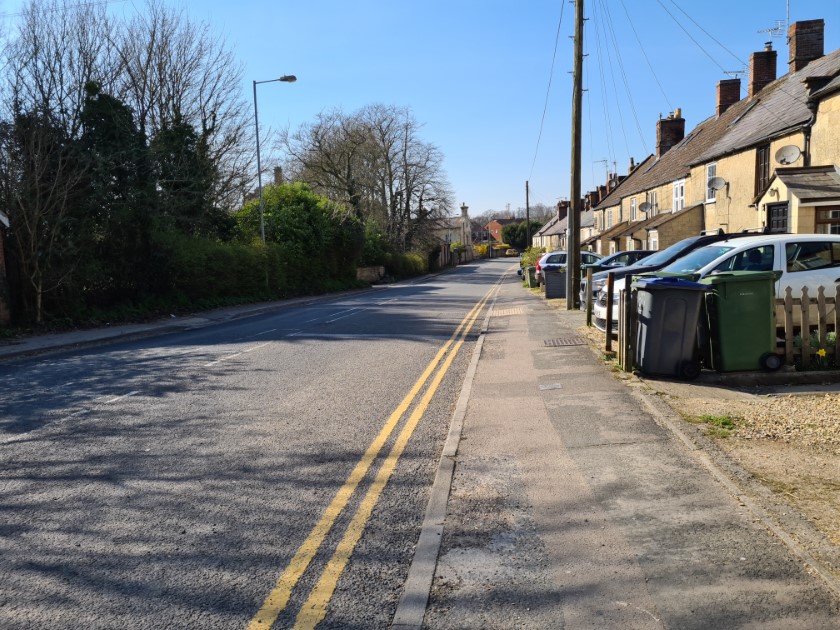
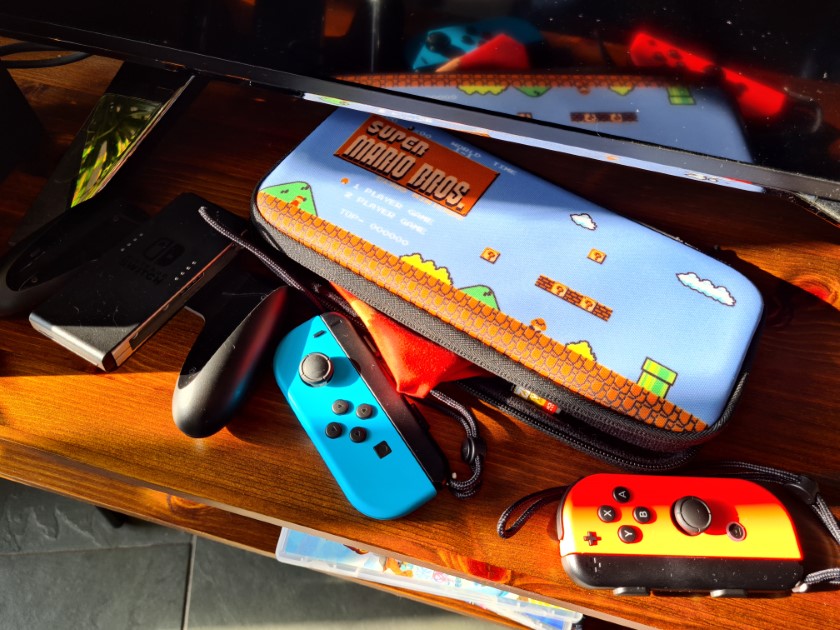
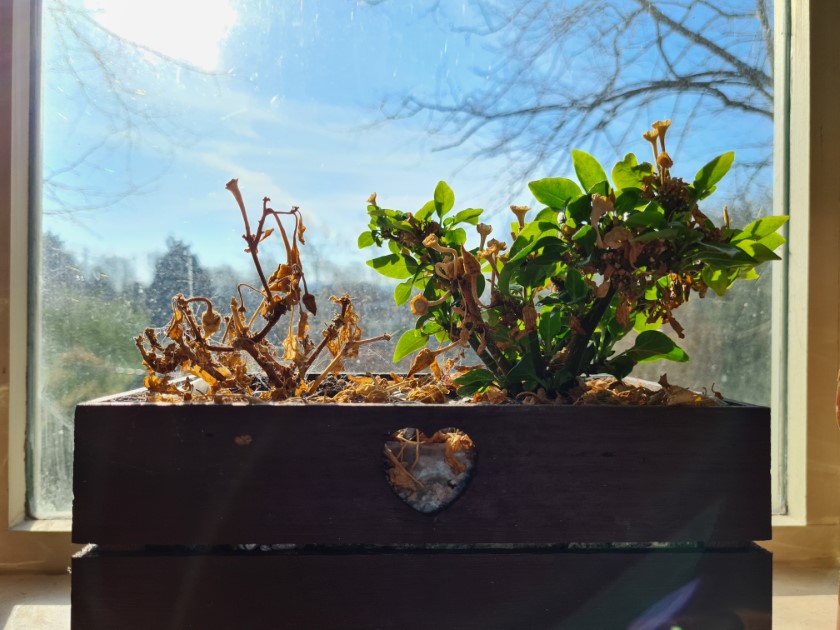
That said, the telephoto and wide-angle cameras aren’t as clean as the main camera. They’re more heavily processed and don’t deliver as much detail when cropping in. There’s also some distortion noticeable around the edges of the wide-angle lens, particularly chromatic aberration and purple fringing, though it’s not as bad as some other phones.


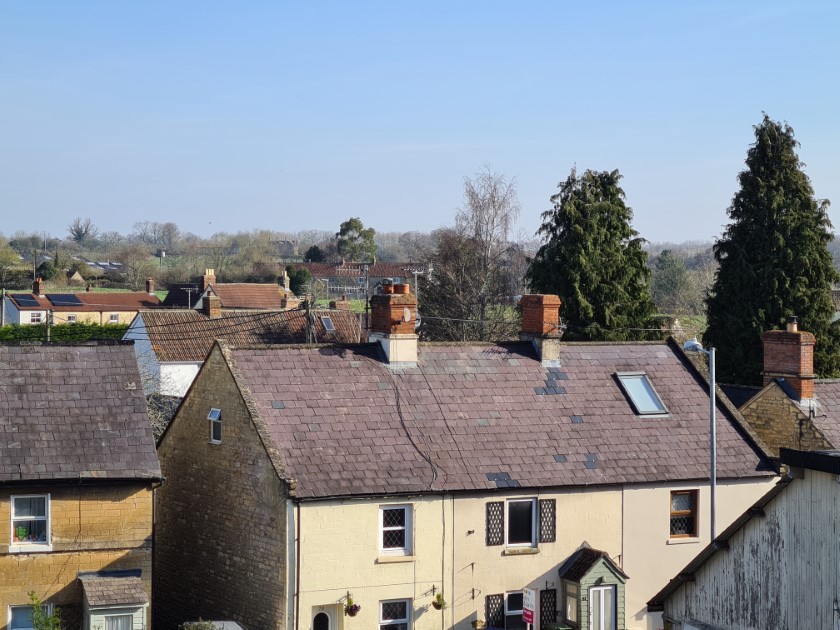
The Galaxy S20 features 3x optical zoom, which extends all the way up to a 30x Space Zoom (aka digital zoom). It’s passable up to about 10x, albeit with some loss of detail, and that’s more zoom than you’ll ever really need. The 20x and 30x options are basically useless.
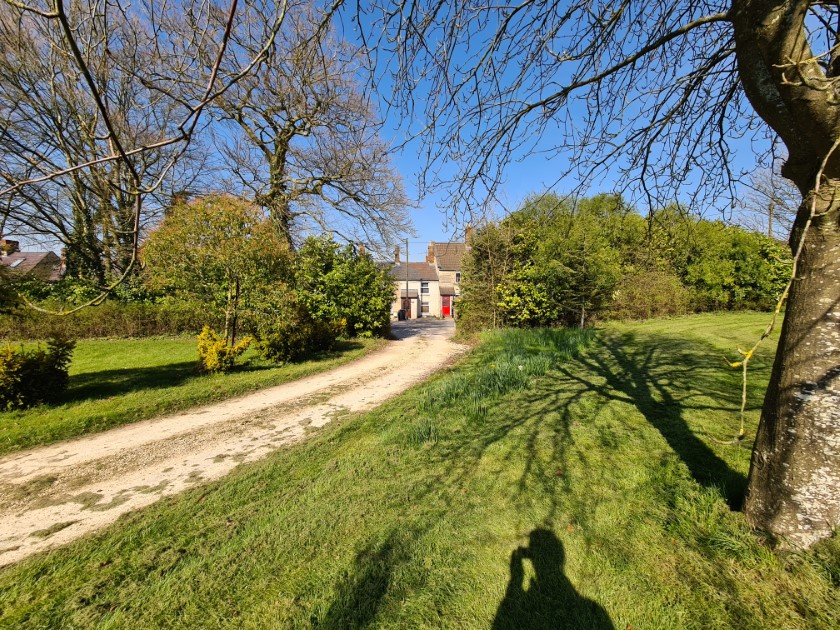

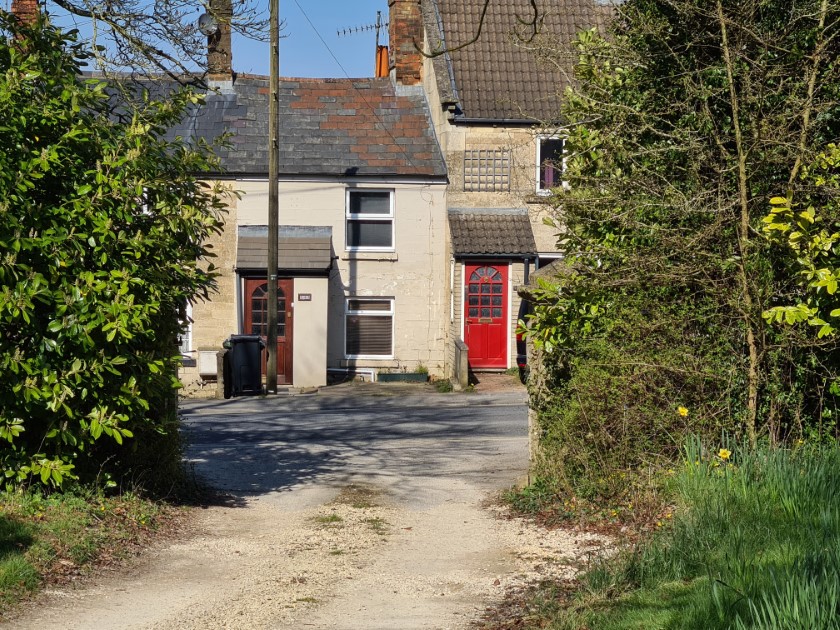

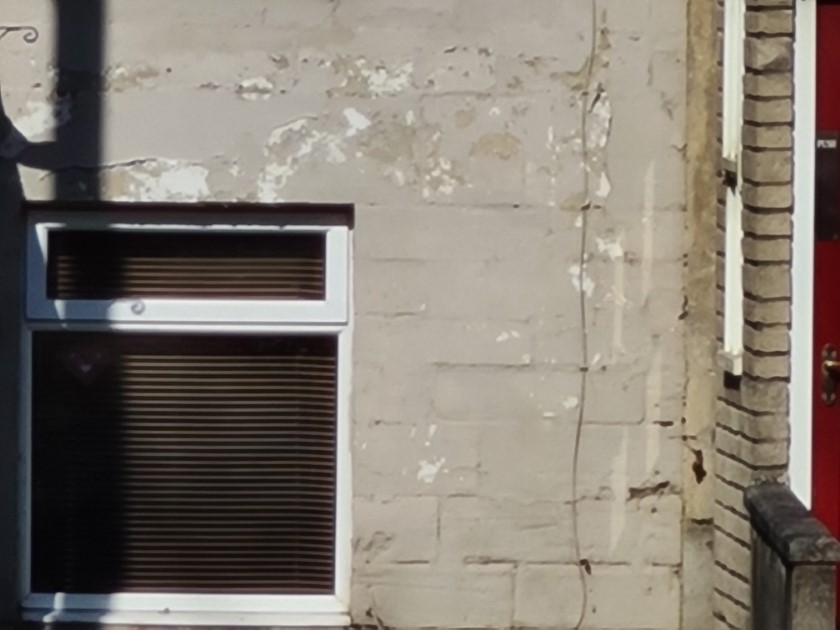
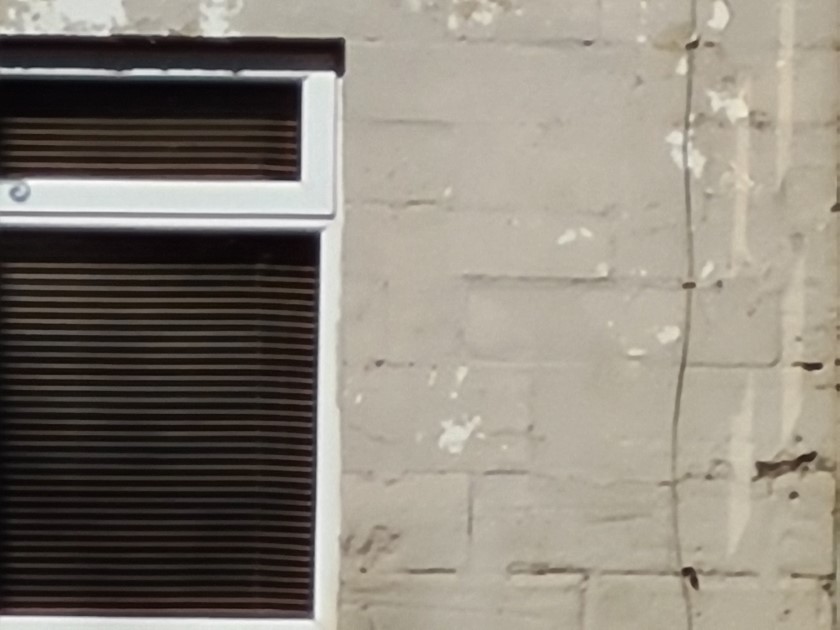
The phone also includes some fun shooting options, such as Live Focus for bokeh and other effects. However, the Galaxy S20’s edge detection leaves a lot to be desired. You can easily spot foreground smudges and failed edges in the images below. This is where the time of flight sensor on the S20 Plus and Ultra would be nice to have.
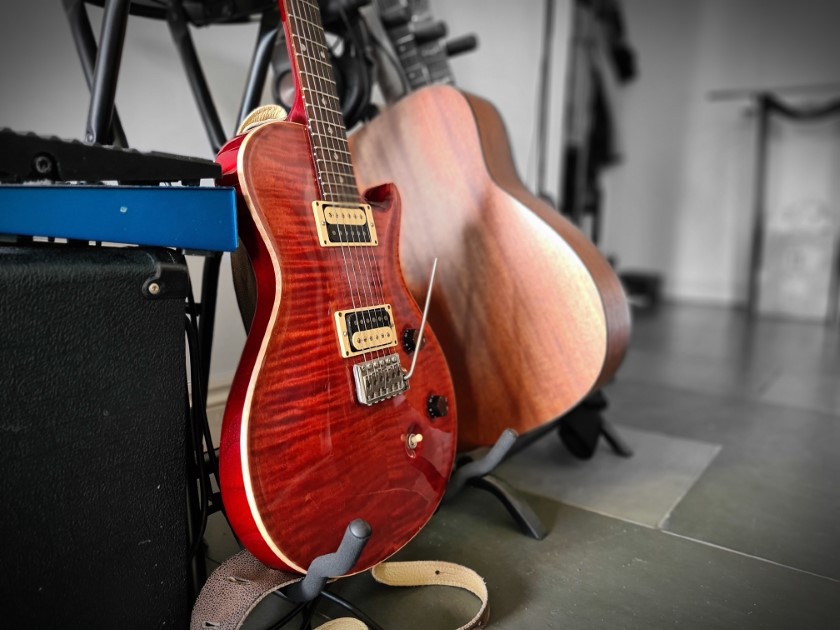
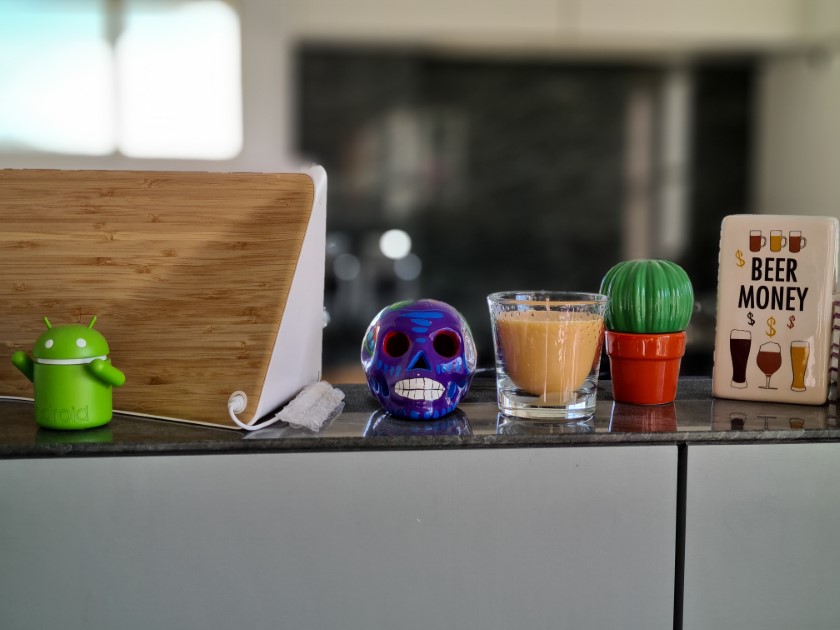
The Single Take setting is rather more useful. Simply activate and point at your ongoing scene and Samsung’s software pulls out a range of shots and videos for you to prune through. It’s a great way to make sure you don’t miss any action.
The Galaxy S20 offers a camera for every scenario.
Low-light performance is where we separate the wheat from the chaff. The Galaxy S20 is quite passable here, but does have its issues. Images aren’t the cleanest in very low light and you won’t find much detail in the pictures. Exposure and colors are pretty good, at least as far as the main camera goes. Sadly, the telephoto and wide-angle camera don’t perform anywhere near as well in low light and the results often come out underexposed.
Focusing in low light is a bigger problem for the handset. You’ll have to fight your way through a few blurry pictures before landing an in-focus shot. It’s an issue we’ve noted across all the Galaxy S20 models. Samsung claims to have addressed this issue with an update, but we found out that the patched software is a mixed bag.
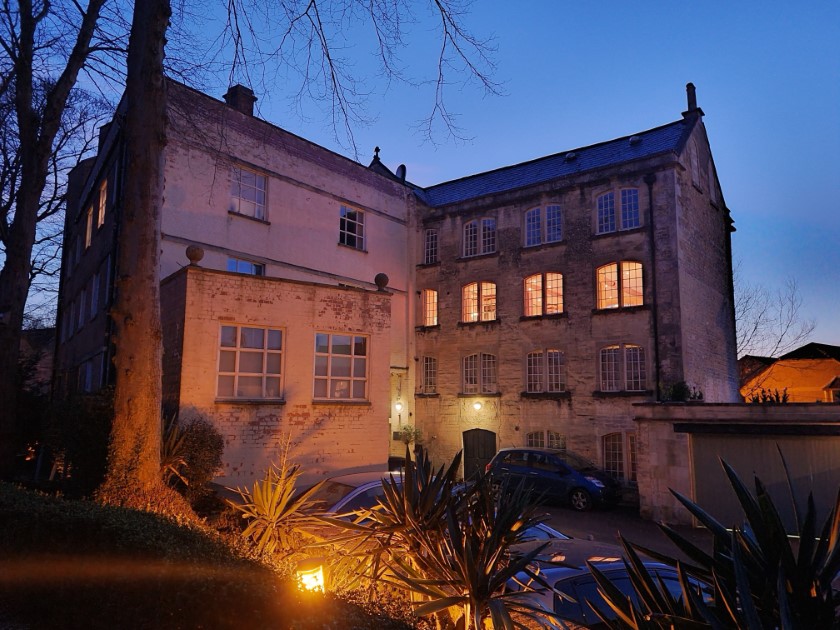 Night Mode Off Night Mode On
Night Mode Off Night Mode On
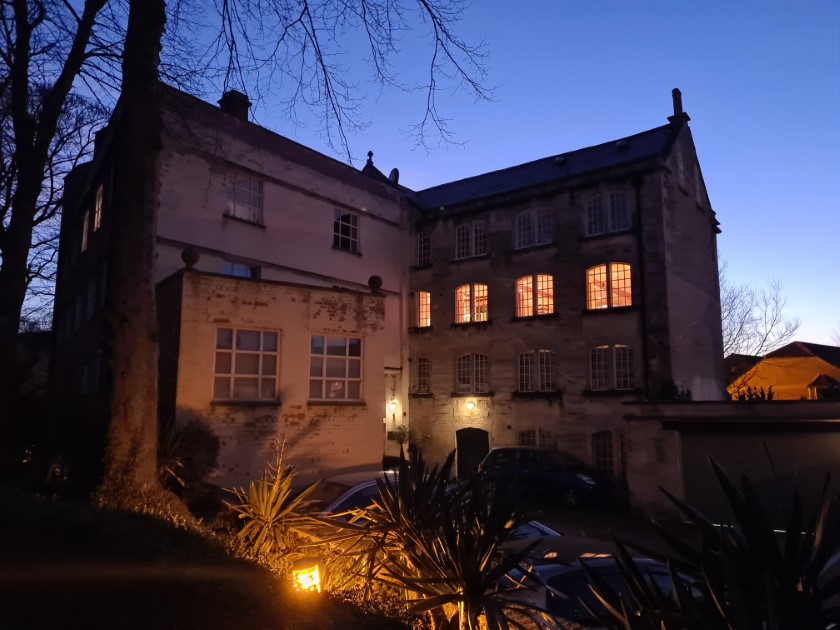
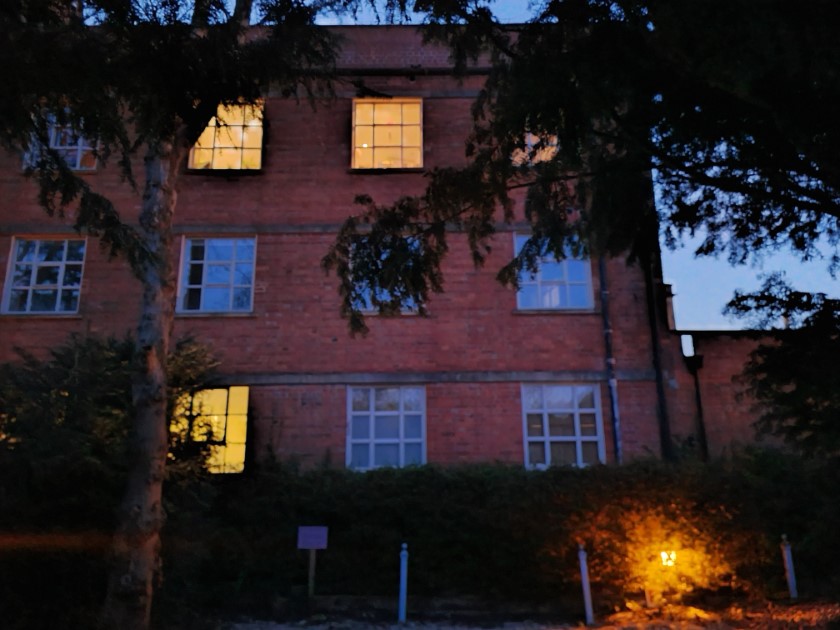 Night Mode Off Night Mode On
Night Mode Off Night Mode On
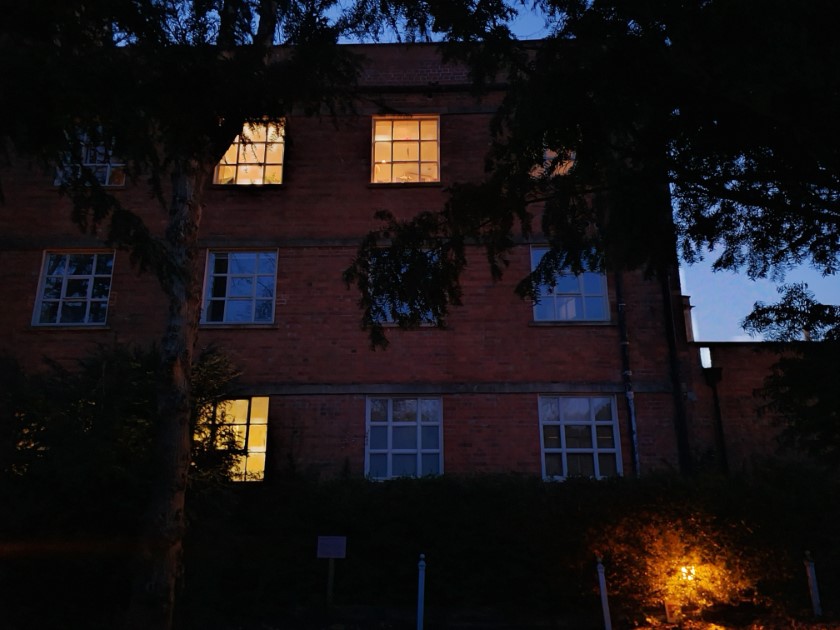
Night mode helps out in the darkest environments and can even make the wide-angle camera take passable shots. Samsung’s technology seems every bit as competent as competing solutions in terms of improving exposure. However, the results tend to look a little too heavily processed, with over-sharpening artifacts quite noticeable around high contrast edges.
Finally, the selfie camera is better than most. It captures a fair amount of detail and handles exposure very well. The wide-angle option when two or more people are detected is a nice touch too. Again, though, the front camera doesn’t nail colors particularly well. My skin tone constantly came out far too pink in outdoor lighting and there’s a slight color tint towards the bottom of the photo.


On the whole, Samsung’s latest camera setup is competent but has some shortcomings. The consistent color oversaturation is far too heavy for my tastes, though it might suit those who want bold images without with the hassle of editing. The wide-angle and telephoto cameras look great at full frame, but rely heavily on sharpening to try to clean up the images.
The hit-and-miss nature of the bokeh portrait and low-light pictures hasn’t helped win me over either. While certainly versatile and capable of taking excellent snaps, there are more consistent camera packages out there. The most serious camera enthusiasts may want to check out the trusty Google Pixel 4 or the Huawei P40 series instead.
Samsung One UI is getting there

If you’re familiar with Samsung then you’ll know what to expect when it comes to One UI. Staple features like Edge Panels, Bixby, and quick access to your SmartThings devices are all present. The heavily customized look and overall style hasn’t changed since last year either.
The latest One UI 2.1 version improves Samsung’s recent formula. There’s a system-wide dark theme; the Samsung Daily news aggregator marks an upgrade over Bixby Home, and there’s Samsung’s Good Lock app if you fancy more control over customization. Menus and animations are slick, and notifications aren’t overly intrusive. Day to day, One UI is a pleasure to use.
Samsung packs a lot into One UI, arguably too much.
However, navigating menus to tweak your desired setting is still arduous. Figuring out how to disable Bixby, for example, requires navigating to the “advanced features” menu. Your best bet is to stick with the search function rather than try to guess where everything is.
For someone who isn’t a Samsung regular and not invested in the company’s larger ecosystem, the sheer range of features and options feels overwhelming. I know I won’t ever use the vast majority, and it leaves One UI feeling more bloated than some other Android skins.
Even more features are coming with new updates, like the One UI 2.1 update hitting the Galaxy S20 since April 2020. This brings window snapping and other usability improvements to the built-in DeX desktop mode.
More posts about Samsung Galaxy S20
Samsung Galaxy S20 review: Specs
| Samsung Galaxy S20 | |
|---|---|
| Display | 6.2-inch Dynamic AMOLED 3,200 x 1,440 20:9 ratio 120Hz refresh rate at 1080p 60Hz refresh rate at 1440p HDR10+ certified |
| Processor | Qualcomm Snapdragon 865 or Samsung Exynos 990 |
| RAM | 12GB |
| Storage | 128GB |
| MicroSD | Yes, up to 1TB |
| Battery | 4,000mAh Fast wired and wireless charging |
| Cameras | Rear: - Wide-angle: 12MP, 1/1.76", ƒ/1.8, 1.8µm - Telephoto: 64MP, ƒ/2.0, .8µm - Ultra-wide: 12MP, ƒ/2.2, 1.4µm 3x hybrid optical/digital zoom, Super Resolution Zoom up to 30x Front: - 10MP, ƒ/2.2, 1.22µm, AF |
| Connectivity | 4G LTE support 5G (sub-6GHz, DSS, TDD/FDD, SA and NSA, no mmWave) |
| Operating System | One UI 2.0 Android 10 |
| Water resistance | IP68 |
| Security | Ultrasonic fingerprint sensor, face unlock |
| Color | Cosmic Grey, Cloud Blue, Cloud Pink |
| Dimensions and weight | 69.1x151.7x7.9mm 163g |
Value for money
It’s hard to talk about value for money at the $1,000 price point. You’d rightly expect all the latest bells and whistles for that kind of money. The Samsung Galaxy S20 covers all the flagship essentials, but doesn’t pack in the company’s best camera tech such as a time-of-flight or 108MP sensor. With other models in the range pushing $1,400, however, we need to keep some perspective.
With 5G and some new tech on board, you can probably justify the $100 price increase from last year’s Galaxy S10. However, the 4G-only model (only available in some countries) is a much more competitive prospect.
The 4G Samsung Galaxy S20 we tested costs £799/€899 (~$918), a full £100/€100 cheaper than the 5G model. Compared to the more expensive entries in the S20 series, the 4G S20 model retains most of the best features at some welcome savings. You get a lot of bang for your buck, especially if you’re not planning to upgrade to 5G for a couple of years.
Apple has a more affordable flagship entry point with last year’s $699 iPhone 11. Although, to be fair, the $999 iPhone 11 Pro is the Galaxy S20’s true competition. Compared to other 5G Android flagships, the Galaxy S20 is more expensive than the LG V60 and last year’s OnePlus 7 Pro 5G. If you’re not yet ready to make the jump to 5G, the Google Pixel 4 is regularly discounted for even bigger savings. 2019 handsets are still great for 4G networks, so it’s well worth considering your actual needs before taking the plunge on more expensive 5G flagship models.
Samsung is sweetening the deal with a variety of promos. For instance, you can regularly get the Galaxy S20 for $200 off. Samsung also introduced a generous cashback program that lets you return a Galaxy S20 after two years and get 50% of its value back.
Should you buy the Samsung Galaxy S20?
The Samsung Galaxy S20 is every bit a flagship phone as the Plus and Ultra models, and one of the best phones available right now. $999 is a lot of money for any smartphone, but the Galaxy S20 justifies that price pretty well. It’s jam packed with the latest tech and is only missing a few minor features found in its more expensive counterparts.

The Samsung Galaxy S20 is one of the best smartphones you can buy right now.
Unless you really need a humongous display and more zoom from your camera, it’s quite hard to justify spending hundreds more dollars on the broader Galaxy S20 range. The Galaxy S20 Plus justifies its $1,199 price tag, but I think the Galaxy S20 is the better deal for $200 or $300 less.
The Samsung Galaxy S20 doesn’t have the absolute best camera, but it packs in everything else. Whether you’re a power user or social media butterfly, this phone won’t leave you wanting for anything. If you’re on board with this year’s redesign, the Samsung Galaxy S20 is one of the best smartphones you can buy right now.
from Android Authority https://ift.tt/38k3Ax0
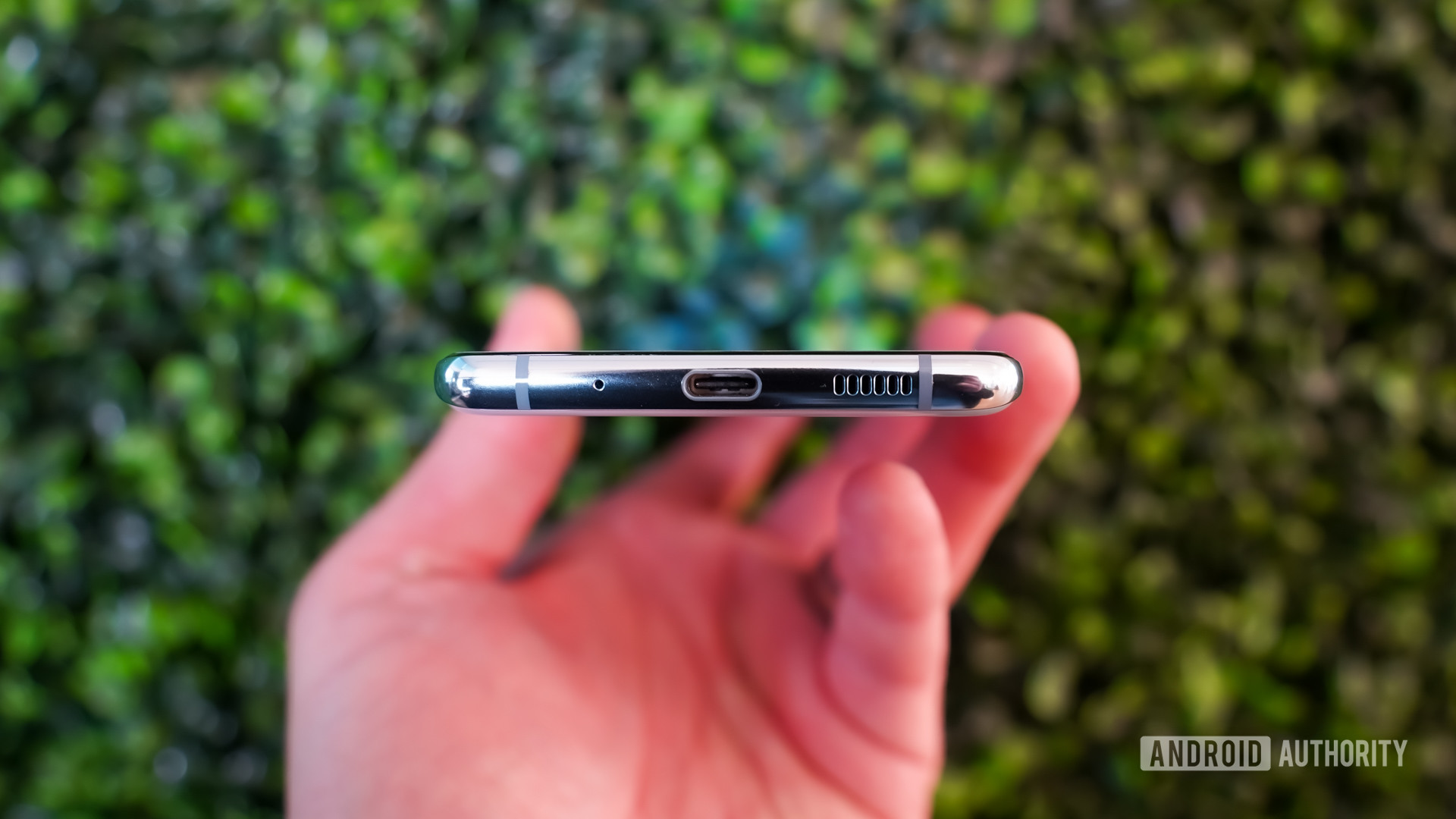
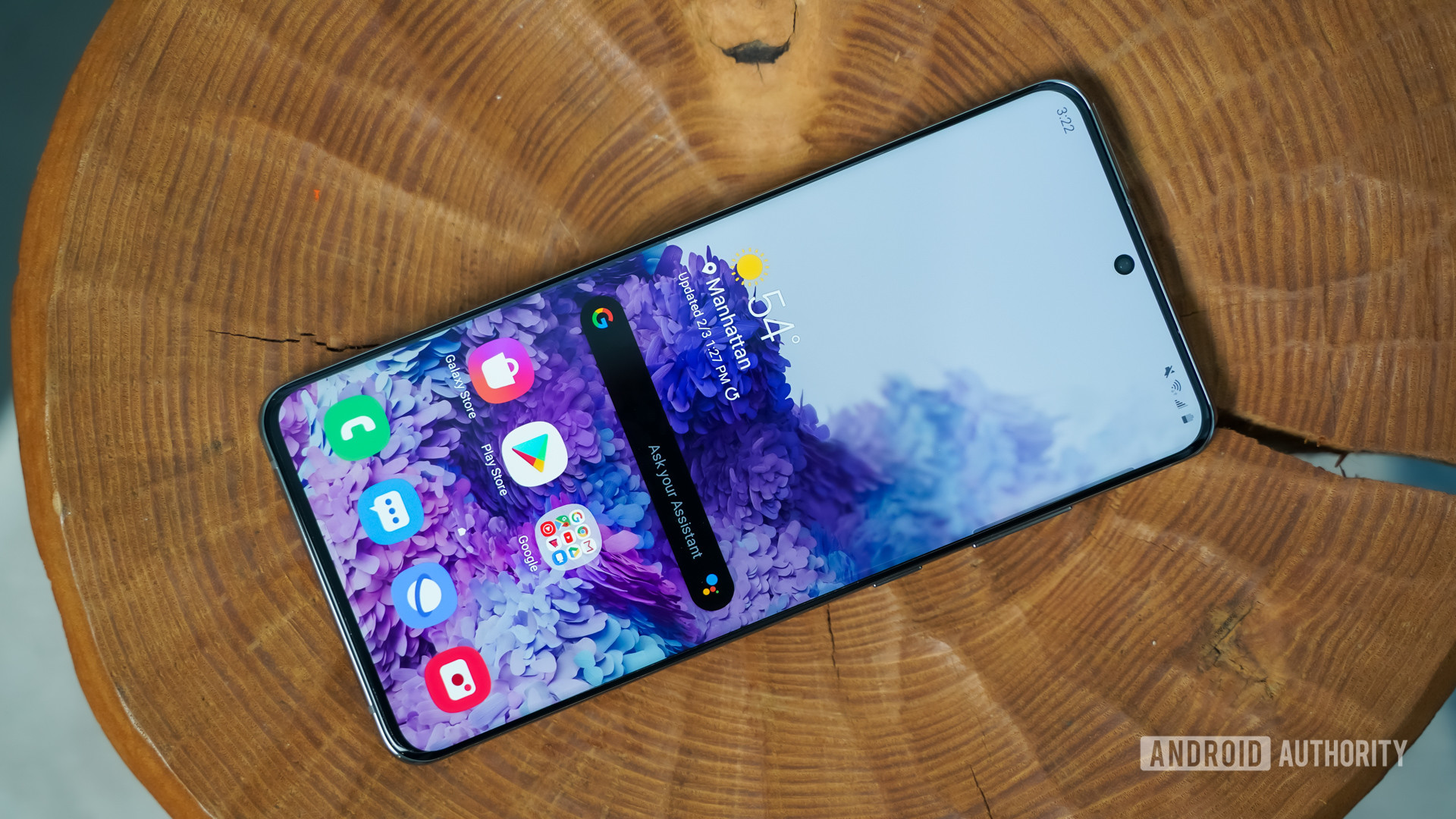











No comments:
Post a Comment